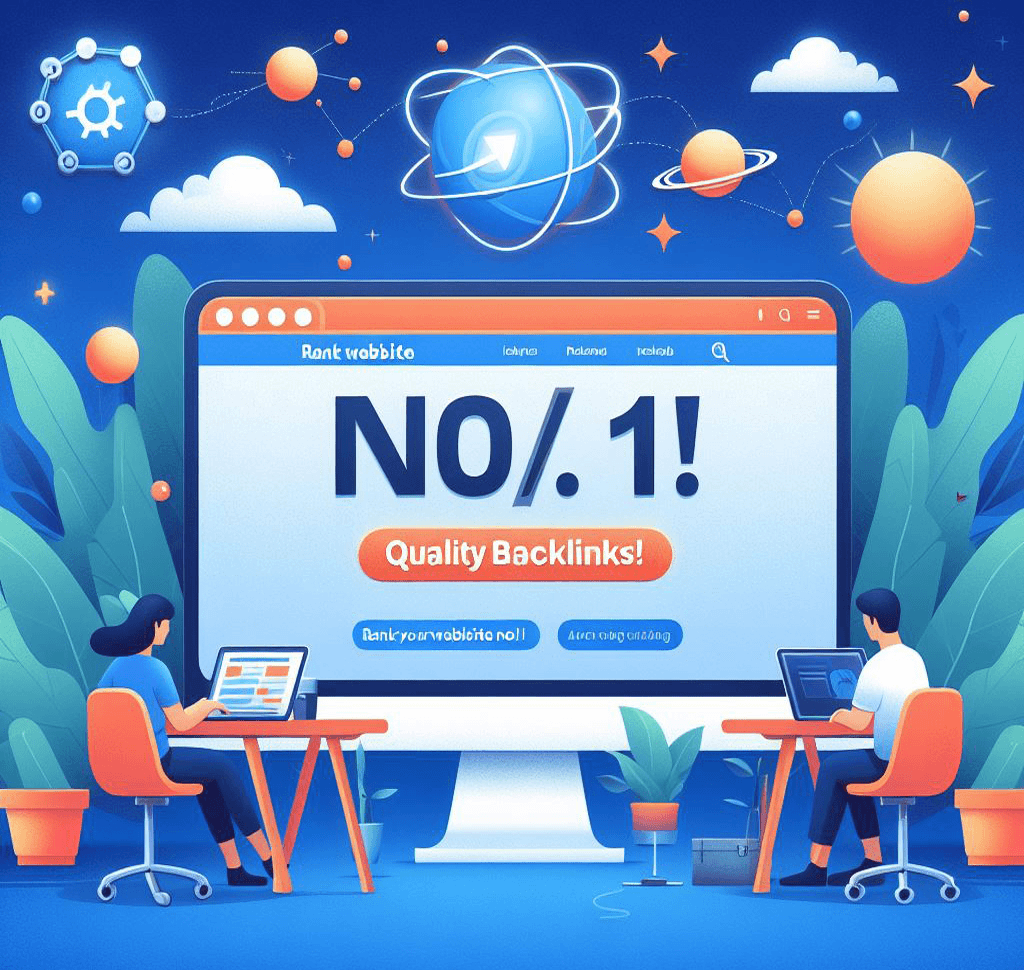In the dynamic realm of digital creativity, Non-Fungible Tokens (NFTs) have emerged as a groundbreaking force, reshaping the way we perceive and consume art. Originally synonymous with digital paintings, NFT art has evolved far beyond static visuals, expanding into immersive multimedia experiences. This article explores the fascinating journey of NFT art, tracing its roots in digital paintings and delving into the latest trends that have transformed it into a vibrant and multifaceted artistic movement.
I. The Genesis: Digital Paintings as NFTs
The NFT art movement initially gained traction through digital paintings, where artists leveraged blockchain technology to authenticate and tokenize their work. This shift allowed creators to establish unique ownership of their digital pieces, disrupting traditional notions of art ownership and provenance. Iconic pieces like Beeple’s “Everydays: The First 5000 Days” set the stage for NFT art’s meteoric rise, proving that the digital realm could be a legitimate space for artistic expression.
II. The Rise of Collectibles and GIF Art
As NFT art gained popularity, the concept extended beyond traditional paintings to include digital collectibles and animated GIFs. Artists began experimenting with short, looping animations, breathing life into their creations. These animated NFTs, often referred to as “crypto-art GIFs,” opened new avenues for artists to convey narratives and emotions in a dynamic and engaging format.
III. Immersive Multimedia Experiences: Beyond Static Images
The most recent evolution in NFT art involves the creation of immersive multimedia experiences. Artists are pushing the boundaries of creativity by incorporating elements like music, virtual reality (VR), augmented reality (AR), and interactive features into their NFTs. These multimedia experiences redefine the viewer’s engagement, offering a more immersive and participatory encounter with the artwork.
IV. Music and NFTs: A Harmonious Collaboration
One of the notable trends in the NFT art space is the fusion of visual art with music. Musicians and visual artists collaborate to create unique NFTs that combine visual aesthetics with original soundtracks. These audio-visual experiences provide a multisensory journey, enhancing the emotional impact of the artwork and expanding the possibilities of creative expression within the NFT ecosystem.
V. Virtual Real Estate and NFT Art Galleries
The integration of NFT art into virtual worlds has given rise to the concept of virtual real estate. Artists can showcase their NFTs in virtual galleries and museums, creating immersive environments for viewers to explore. This trend not only elevates the presentation of NFT art but also transforms the act of art appreciation into a social and interactive experience.
VI. Challenges and Opportunities in the NFT Art Space
As NFT art continues to evolve, it faces both challenges and opportunities. Scalability issues on blockchain networks, environmental concerns related to energy consumption, and the need for standardized practices in the space are among the challenges. However, the potential for artists to reach global audiences, receive direct support from collectors, and experiment with innovative forms of expression presents exciting opportunities for the future of NFT art.
Conclusion:
The journey of NFT art, from digital paintings to immersive multimedia experiences, reflects the ever-expanding landscape of creative possibilities in the digital realm. As artists continue to experiment and redefine the boundaries of NFTs, the art world witnesses a transformative shift where ownership, engagement, and expression converge in unprecedented ways. The evolution of NFT art not only challenges traditional paradigms but also opens up new horizons for the intersection of technology, creativity, and ownership in the digital age.



